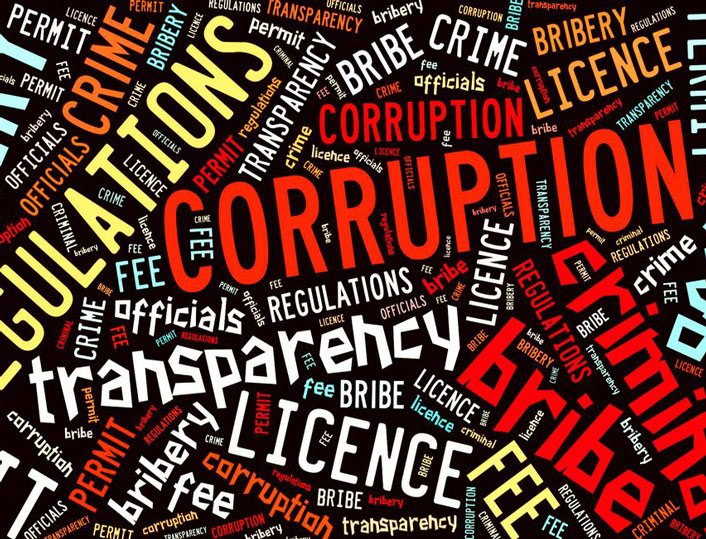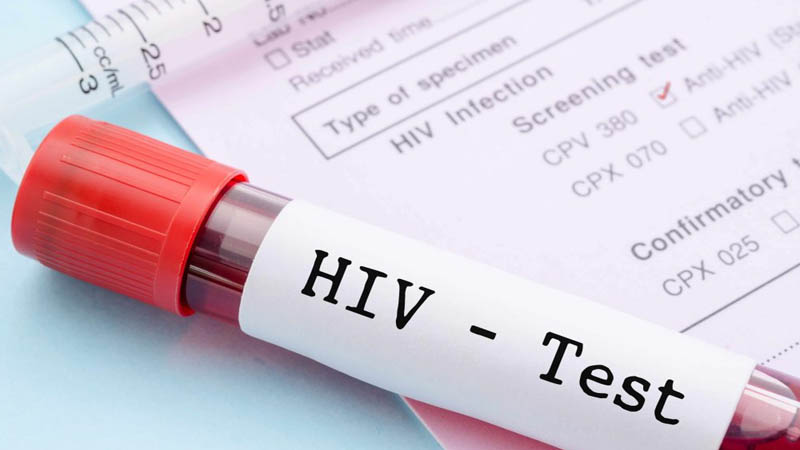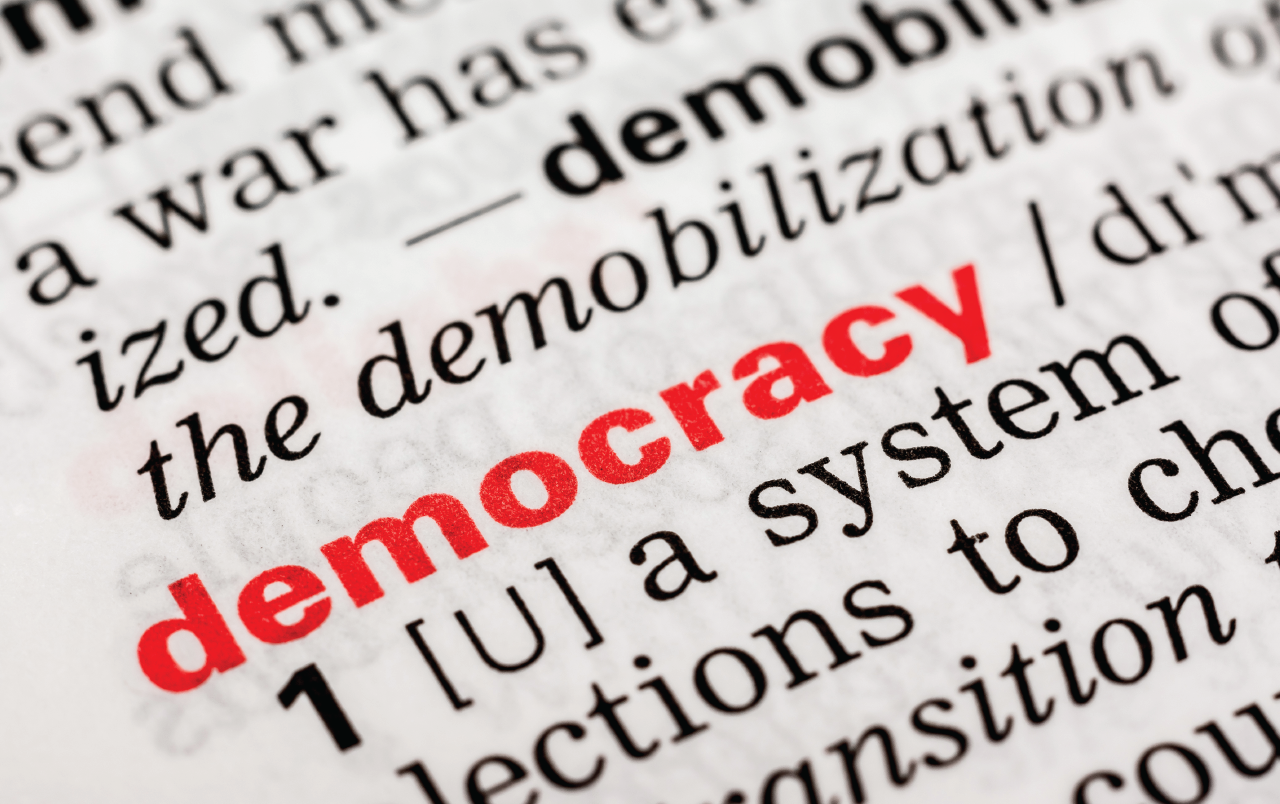Human Rights: A Symphony of Dignity, Woven by the United Nations
Imagine a vast tapestry, stitched together from threads of diverse cultures, woven with the aspirations of a billion voices. Its vibrant hues represent the fundamental rights inherent to every human being, regardless of their origin, color, creed, or circumstance. This tapestry, a testament to the enduring struggle for human dignity, is aptly named the “Universal Declaration of Human Rights,” and its masterweaver? The United Nations.
From the Depths of Darkness to a Beacon of Hope:
Born from the ashes of World War II, a period marred by unspeakable atrocities, the United Nations emerged with a resolute mission: to ensure “never again.” With this pledge resonating in its heart, the UN embarked on a monumental task – to codify the very essence of human rights into a universal language, understood by all. The result? The Universal Declaration of Human Rights, adopted in 1948, became a groundbreaking document, outlining the basic rights and freedoms to which every person, on this shared planet, is entitled.
The Melody of Freedom:
The Declaration lays out a harmonious composition of rights, each note resonating with a profound truth. The right to life, liberty, and security of person – a fundamental chord, anchoring the symphony. The right to freedom from slavery and servitude – a clarion call against the shackles of oppression. The right to freedom of opinion and expression – a soaring melody, empowering the human voice to rise above censorship and fear. The right to work, with fair pay and just conditions – a rhythmic pulse, beating for economic justice and security. The right to education – a luminous crescendo, illuminating the path towards advancement and enlightenment.
Variations on a Theme:
But the symphony of human rights is not a uniform, monotonous drone. It is, instead, a dynamic composition, enriched by variations that cater to the specific needs of different groups. The Convention on the Elimination of All Forms of Discrimination against Women adds a powerful counterpoint, amplifying the voices often silenced by gender bias. The Convention on the Rights of the Child fills the symphony with the playful trills of young voices, ensuring their protection and well-being. The Convention on the Rights of Persons with Disabilities weaves in a tapestry of accessibility and inclusion, ensuring that no note in the human song is muted by disadvantage.
Orchestrating Action:
The music of human rights, however, is not enough. Its beauty needs to translate into concrete action. This is where the United Nations, like a skilled conductor, orchestrates a diverse range of instruments to protect and promote these rights. The Human Rights Council stands as a vigilant watchdog, reviewing the human rights records of nations and calling out violations. The High Commissioner for Human Rights acts as a first responder, rushing to address urgent crises and advocate for the voiceless. Treaty bodies, composed of independent experts, meticulously monitor the implementation of specific human rights agreements, ensuring they remain more than mere ink on paper.
Dissonances and Challenges:
Sadly, the symphony of human rights is not always performed in perfect harmony. Discordant notes of conflict, discrimination, and inequality still mar the melody. Poverty silences voices, hunger weakens limbs, and prejudice casts long shadows. Yet, the symphony perseveres, fueled by the tireless efforts of human rights defenders, activists, and everyday individuals who refuse to let the music fade.
A Future Composed in Collaboration:
The Universal Declaration of Human Rights is not a finished masterpiece, but an ever-evolving composition. Each generation adds its own verses, demanding recognition for new and emerging rights. The fight for climate justice, the protection of digital privacy, and the rights of refugees and migrants are just a few of the contemporary movements weaving themselves into the grand tapestry.
The responsibility for safeguarding this symphony lies not just with the United Nations, but with every individual. We must raise our voices in chorus, demanding accountability from our governments, raising awareness in our communities, and acting with compassion towards one another. Only through collective action can we ensure that the music of human rights continues to reverberate across the globe, a powerful testament to the dignity and potential of every single human being.













